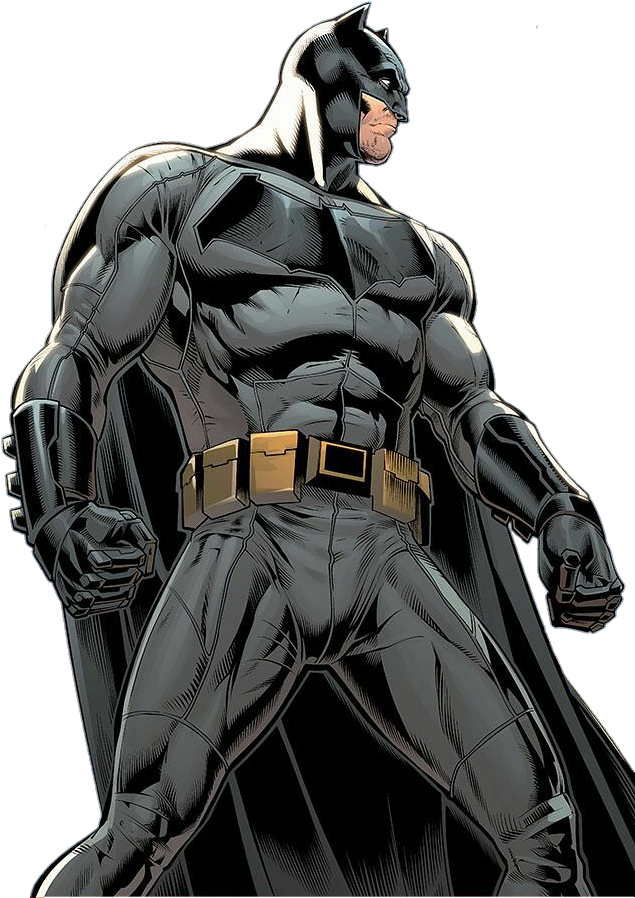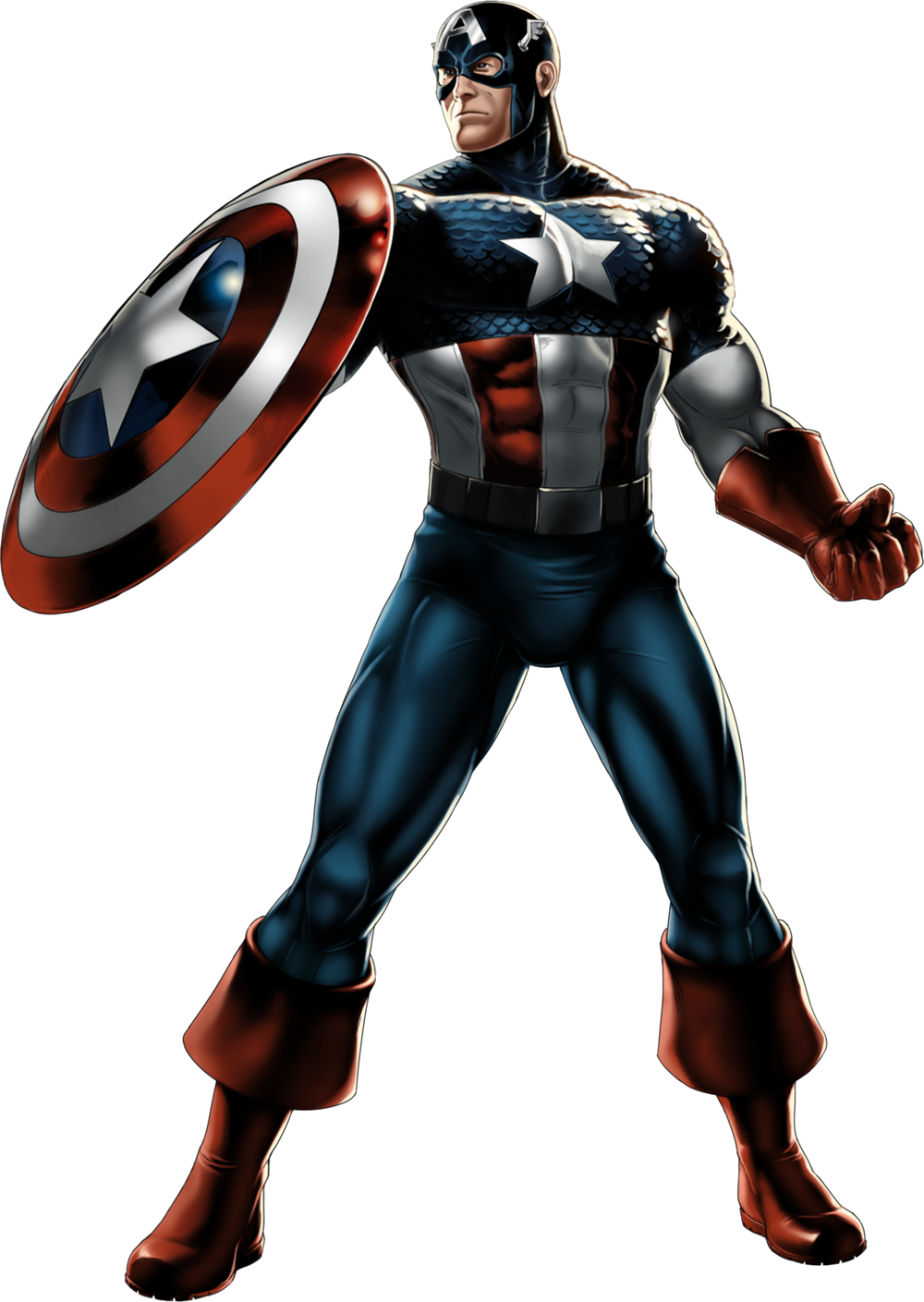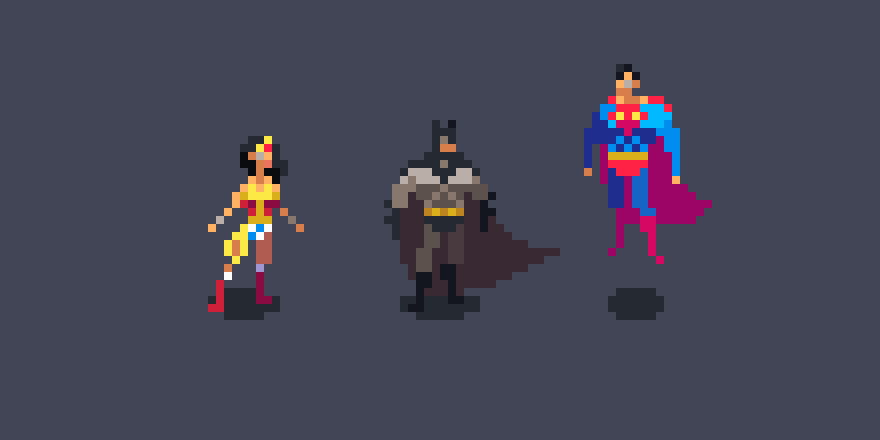Superheroes and villains in comics are usually supposed to represent what’s good and bad. Thus, the way the character is portrayed will have an influence on the reader. If for example all villains are part of the same minority, people can unconsciously see them in real life as bad people. On the other hand, children can be inspired by heroes and see in them what they could grow up to be. These are just examples that show how influencial comics are on our society, and in some ways they can even be a representation of it.
Goal
This made us wonder how do the two biggest comic books publishers, Marvel and DC comics, choose to portray their characters. In other words, we analyzed the representation of the characteristics of comics characters, how diverse they were and if some of them have a higher tendency to survive over time.
How we did it
We wanted to have as much data as possible to have an accurate analysis. So we built our dataset from:
28048
Marvel Characters
49883
Marvel Comics
22321
DC Characters
47380
DC Comics
This allowed us to collect the attributes of all the characters, but also in what comics and periods of time they appeared in (don't forget to to click on the colored links above to access directly to the database!).
Notes for this data story
To write this story, we had to make a few choices. Here they are to make things more clear during the analysis.
First, one of the main aspects of this story is to compare Marvel and DC comics. We thus chose two different colors to denote them: red for Marvel, and blue for DC.
Since we are not interested in characters that only appeared in movies adaptations, we keep only those who are represented in at least one comic book.
Moreover, some characters with the same alias can appear multiple times. This is due to the fact that either Marvel or DC decided to keep the name of the character but changed some attributes. We can for example have more than one character with the alias Iron-Man since different people wore the superhero suit. These people are different in their representation, which made us keep all of them as unique characters even if the alias is the same.

Marvel storylines happen in different universes, which makes an exact same character appear multiple times. For instance, Peter Parker appear in so many different alternate realities that it would be irrelevant to keep them all. We thus only focused on the characters coming from the Earth-616 universe, the most important one according to the number of appearing characters and comics in it.




